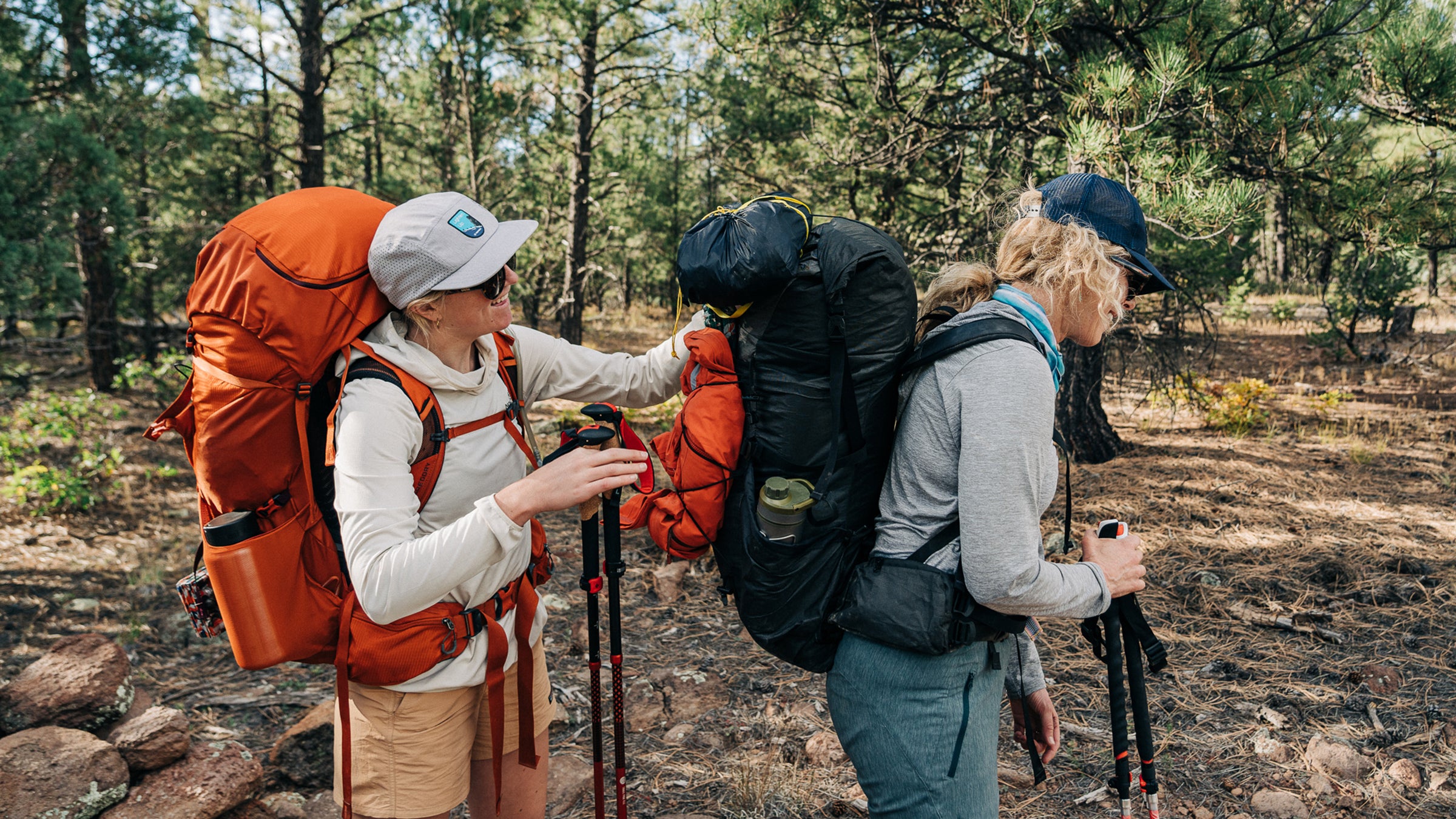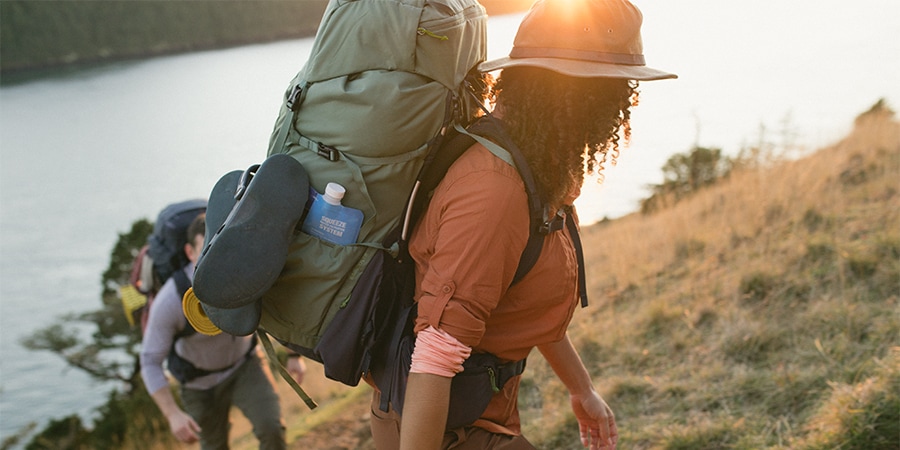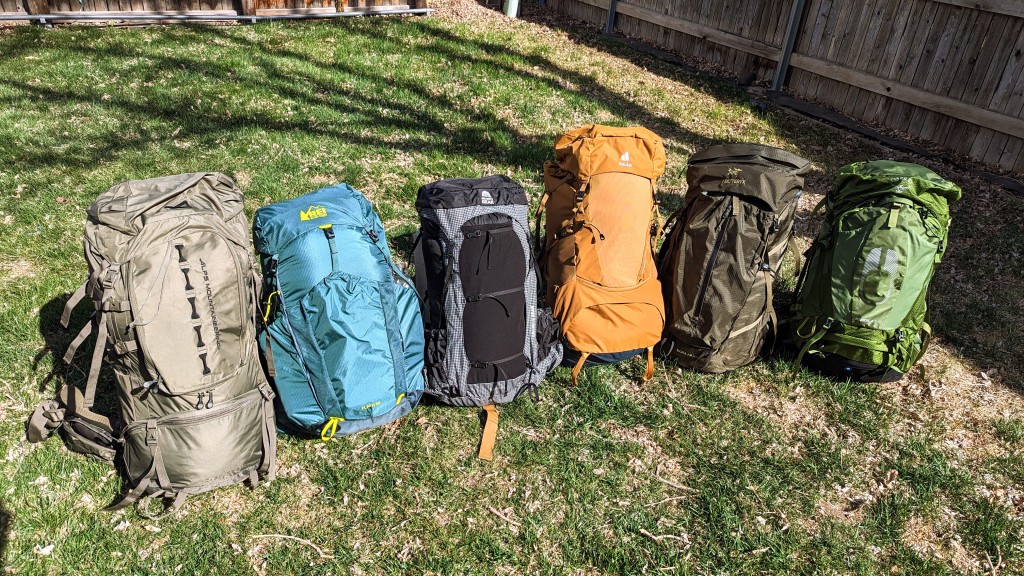Uncategorized
How to Pack the Perfect Camping Backpack
Packing the perfect camping backpack is a crucial part of ensuring a smooth and enjoyable outdoor adventure. Whether you’re embarking on a short weekend getaway or a multi-day hiking trip, having the right gear organized and easily accessible can make a big difference. Here’s a step-by-step guide on how to pack your camping backpack efficiently, so you’re ready for any challenge that comes your way.
1. Choose the Right Backpack
Before you start packing, it’s important to select the right backpack for your trip. The size of your backpack depends on the length of your trip and the gear you need to carry.
- Daypack (15-30 liters): Ideal for short day hikes or camping trips where you only need the essentials.
- Weekend Backpack (30-50 liters): Great for 2-3 day trips where you need extra space for clothes, food, and a sleeping bag.
- Multi-Day Backpack (50-80+ liters): Suitable for longer hikes or multi-day camping trips that require more gear, including a tent, sleeping bag, and extra food.
Ensure the backpack fits well on your back and has adjustable straps to distribute the weight evenly.

2. Pack Heavy Items Close to Your Back
When packing your backpack, place heavier items closest to your back. This helps maintain better balance and ensures that you’re not weighed down by bulk at the top or bottom of the pack. This will also help you avoid strain on your shoulders and hips.
- Tent (if not packed externally): If you’re carrying a tent, it should be packed closest to your back. Tent poles and stakes should be placed in the side pockets or at the bottom.
- Sleeping Bag and Sleeping Pad: These items should be packed towards the center of your backpack, snugly against your back.

3. Organize Items Based on Accessibility
Items you may need to access frequently during your hike should be placed in easy-to-reach compartments or external pockets. You don’t want to unpack your entire bag every time you need something.
- Top lid/Top pocket: Store small items like your map, sunscreen, lip balm, and snacks that you might need to grab quickly.
- Side pockets: Place water bottles, a small first-aid kit, or sunscreen in the side pockets for easy access while on the go.
- Hip belt pockets: Use these for quick-access items like your phone, energy bars, or a pocket knife.

4. Use Compression Sacks and Dry Bags
To save space and keep your gear organized, use compression sacks for your clothes, sleeping bag, and other bulky items. Compression sacks reduce the volume of your gear and make packing more efficient.
- Dry bags: For items that need protection from water, such as your clothes, electronics, or first-aid kit, pack them in waterproof dry bags to ensure they stay dry, even in the rain.
5. Distribute Weight Evenly
Distribute weight across your pack to maintain balance and prevent back strain. Try to keep the heaviest items near the center of your backpack and the lighter items at the top or bottom.
- Main compartment: Larger, heavier items like your stove, tent, or food should go in the main compartment.
- External attachments: Use external loops, straps, and compression straps for lighter items such as trekking poles, a hatchet, or a water filter.
6. Pack Clothing in Layers
Packing clothes efficiently is crucial for staying comfortable and prepared for changing weather conditions. Use the layering system to ensure you have the right clothes for different conditions.
- Base layer: Pack moisture-wicking shirts and underwear for comfort.
- Mid-layer: Include a fleece or lightweight jacket for warmth.
- Outer layer: Pack a waterproof jacket or windbreaker in case of rain or wind.
- Extra layers: If you’re going to a cold destination, pack an insulated jacket or down vest.
Consider packing clothes in packing cubes to keep them organized and easily accessible. You can also use a dry bag for any clothes that need to stay dry.
7. Pack Food and Cooking Gear
When it comes to food and cooking gear, you want to pack smartly to minimize weight without sacrificing essential meals.
- Food: Choose lightweight, high-calorie foods such as freeze-dried meals, nuts, granola bars, and energy-packed snacks. Group your food by meal to make it easy to find.
- Cooking gear: Pack your stove, fuel canister, cookware, and utensils in a way that minimizes space. Store smaller items inside your cooking pots or pans to save space.
If you’re using a hydration system, pack the water reservoir at the top or side of your pack for easy access to water during your hike.
8. Pack a First-Aid Kit and Emergency Essentials
While not the heaviest items, your first-aid kit and emergency gear are some of the most important things to pack. You never know when you’ll need them, so make sure they are easy to access.
- First-aid kit: Include bandages, antiseptic wipes, blister treatment, pain relievers, and any personal medications.
- Emergency essentials: A headlamp with extra batteries, a whistle, a multi-tool, and a small fire starter kit should be stored in a top pocket or easily accessible compartment.
9. Leave Room for Extras
If you plan on picking up additional items or need room for extra layers or gear, be sure to leave a bit of extra space in your pack. It’s also a good idea to carry a lightweight rain cover in case of unexpected weather.
10. Adjust and Test the Fit
Once your backpack is packed, make sure to adjust all straps to fit your body. This includes the shoulder straps, hip belt, and sternum strap. Tighten the hip belt to ensure that the majority of the weight is resting on your hips, not your shoulders.
Before you set off on your trip, test the fit of your backpack by walking around with it for a while. Make sure it feels comfortable and that nothing is rubbing or shifting around.
Conclusion
Packing the perfect camping backpack is about organization, balance, and accessibility. By following these tips, you can ensure that you’re prepared for any conditions while keeping your load light and manageable. Properly packing your gear will not only help you stay comfortable on your hike, but it will also ensure you have everything you need for a successful outdoor adventure. Happy camping!

